10 Global Tea Traditions & The Histories That Shaped Them
By Something CuratedTea rituals offer a unique insight into diverse histories of the world. The tale of tea originates in China, where it is believed that in 2737 BCE, the Chinese emperor Shen Nung sat beneath a tree while his servant boiled drinking water. As fate would have it, a few leaves from the tree floated into the hot liquid. Shen Nung, an esteemed herbalist, was intrigued and sampled the unintended concoction. The tree happened to be a Camellia sinensis, and the resulting beverage marked the birth of what we now know as tea. The veracity of this account remains uncertain but the fact prevails: tea consumption had firmly taken root in China long before its introduction to the Western world. Archaeological discoveries reveal the existence of tea containers in tombs dating back to the Han dynasty. However, it was during the Tang dynasty that tea truly solidified its position as China’s national beverage. As tea traversed the Silk Road, it assimilated into the cultural fabric of societies across the globe. Over centuries, varied tea traditions emerged worldwide, each with distinct flavour profiles and accompanying practices.
Gongfu Cha, China
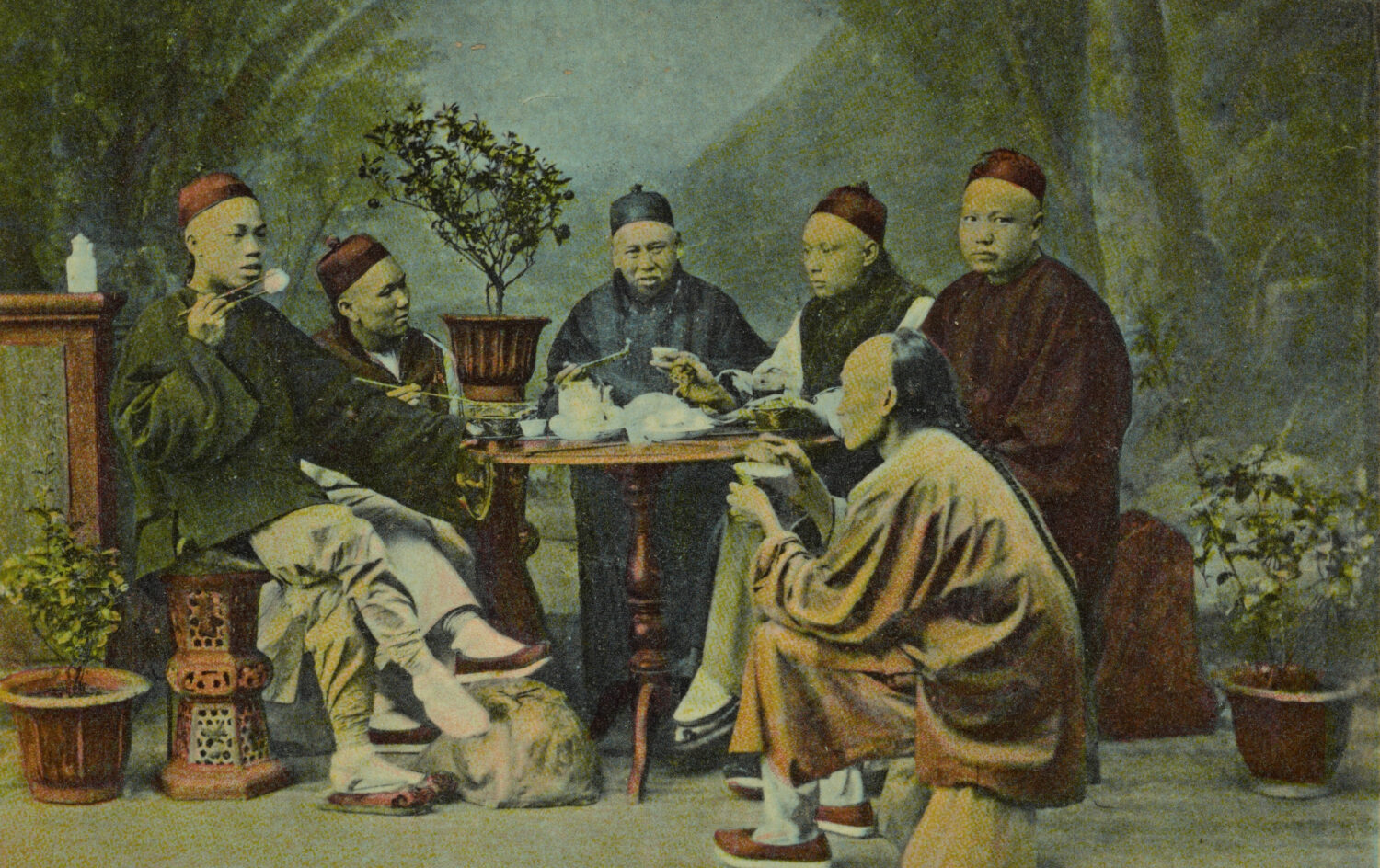
Chinese tea ceremonies, known as gongfu cha, have a long history and are influenced by Daoist and Buddhist principles. The practice originated in the Chaozhou region of China and is now performed and appreciated throughout the country. High-quality loose-leaf teas, such as oolong, pu-erh, or black tea, are commonly used in gongfu cha. The selection of tea depends on personal preference, occasion, and season. The ceremonies involve brewing and serving tea in small, clay teapots. The tea is sipped from little cups to ensure the brew remains hot and to allow guests to appreciate the beverages’ fragrance and taste. The focus of the ritual is on the art of preparation and appreciating the tea’s aroma, flavour, and appearance.
Mate, Argentina
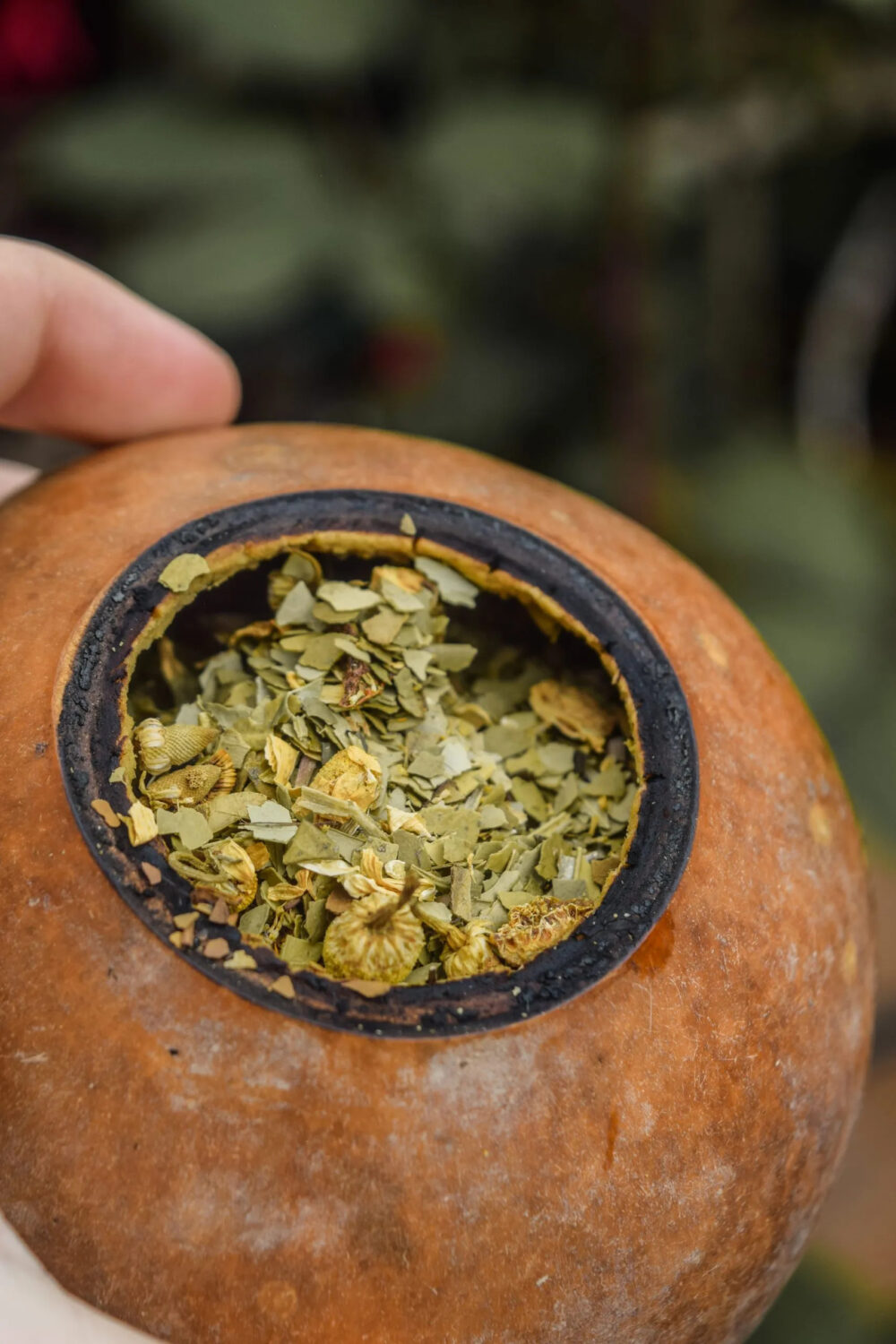
Mate is a type of herbal tea made from the dried leaves of the yerba mate plant. The Argentinian mate tea ritual involves the use of a hollowed-out gourd, or modern alternatives made from wood or metal. The gourd is filled with loose yerba mate leaves and hot water. A metal straw called a bombilla is inserted into the gourd, serving as both a drinking straw and a sieve to filter out the leaves. The mate tea is prepared by one person, known as the cebador or mateador, who takes on the role of serving and maintaining the mate throughout the gathering. The cebador adds hot water to the mate, ensuring the leaves remain saturated, and then sips the first infusion to ensure the temperature and taste are ideal. They then pass the mate to the person on their right, who drinks the entire serving. The mate is then refilled with hot water and passed clockwise to the next person in the circle. The act of sharing mate is highly communal and fosters a sense of camaraderie.
Rooibos, South Africa
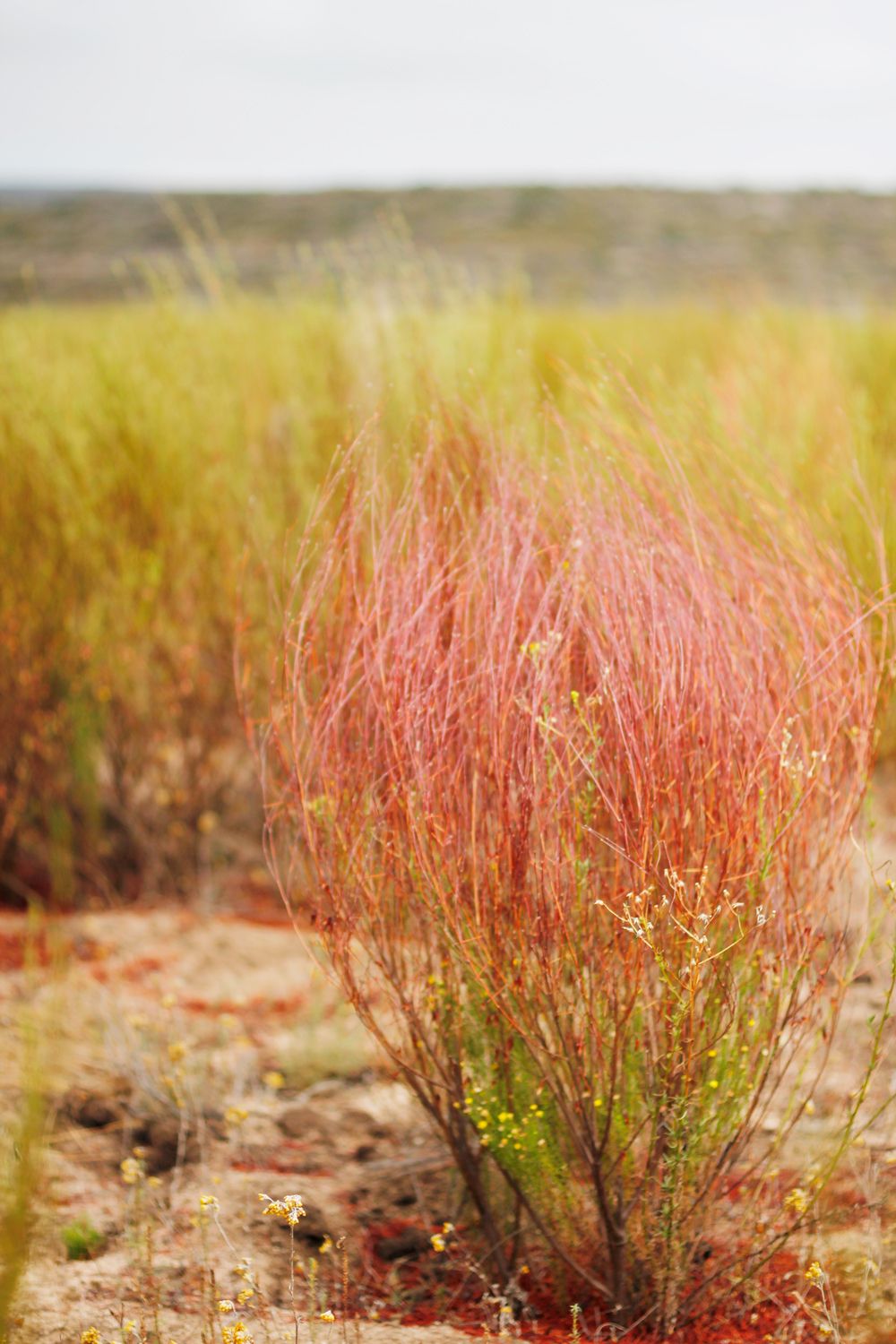
Indigenous to the Cederberg region of the Western Cape, rooibos tea has been consumed by the local Khoisan people for centuries. However, its recognition and commercial cultivation began in the early 20th century. The Khoisan people, who were aware of the medicinal and flavourful properties of the rooibos plant, Aspalathus linearis, brewed it for its health benefits and as a refreshing beverage. The leaves and stems of the plant were harvested, bruised, and fermented to develop their characteristic red colour and distinct flavour. The cultivation and production of rooibos tea gained momentum in the 1930s when interest in herbal teas grew. Farmers began to establish rooibos plantations, and the tea gained popularity in South Africa and eventually internationally.
Chanoyu, Japan
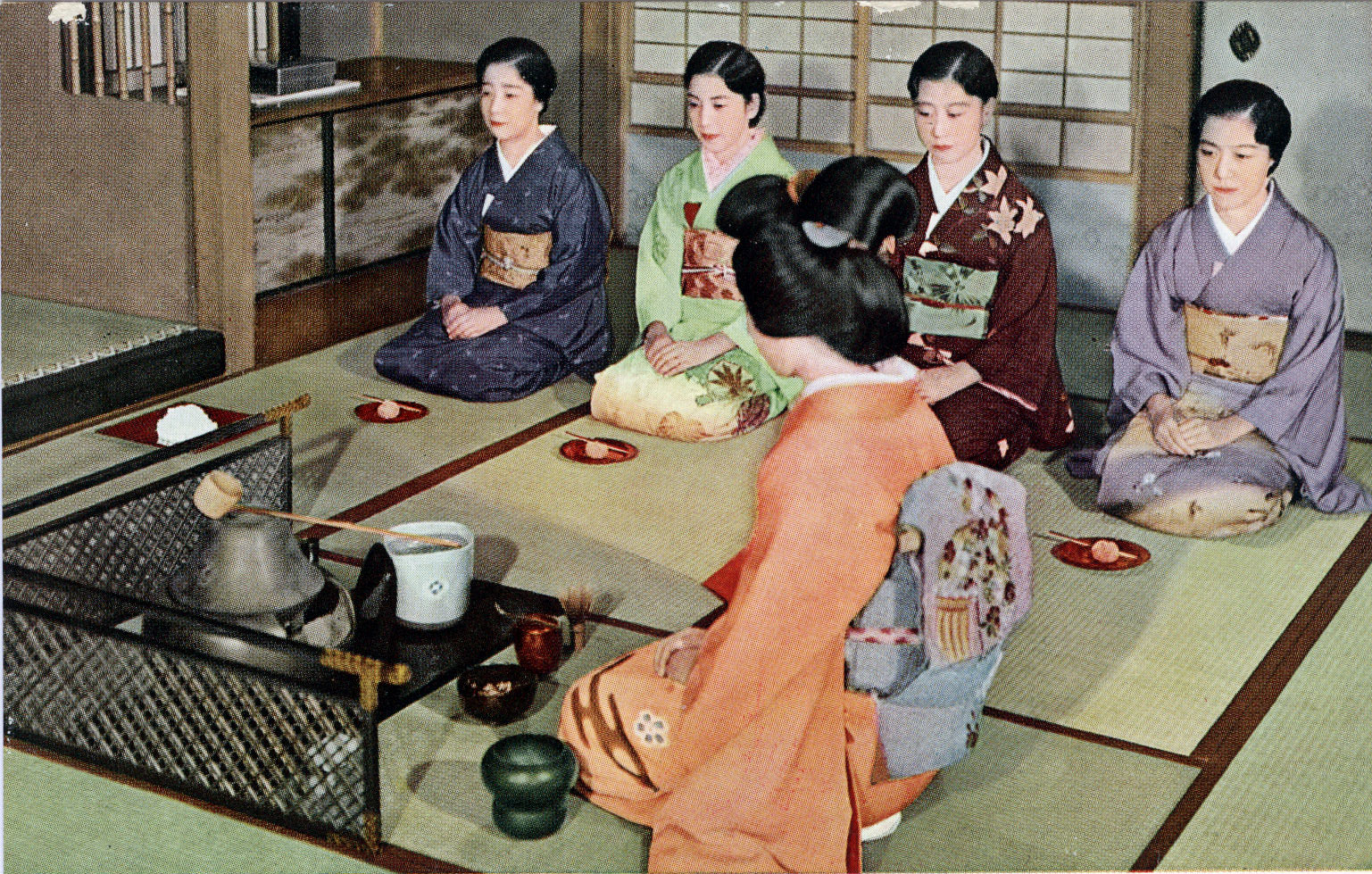
Chanoyu, also known as the Japanese tea ceremony, is a traditional and highly choreographed form of preparing and serving matcha, a powdered green tea. It is considered a cultural art form that encompasses various elements, including tea preparation, utensils, architecture, and aesthetics. Originating in Japan during the 16th century, chanoyu has deep historical and philosophical roots. The tea ceremony reflects the principles of wabi-sabi, emphasising simplicity, humility, and the appreciation of imperfection. The tea ceremony typically takes place in a specially designed tearoom called a chashitsu, which is often a small, rustic structure with minimalistic decor. The tearoom is carefully arranged to create a serene and intimate atmosphere, fostering a sense of connection between the participants and nature.
Atay, Morocco
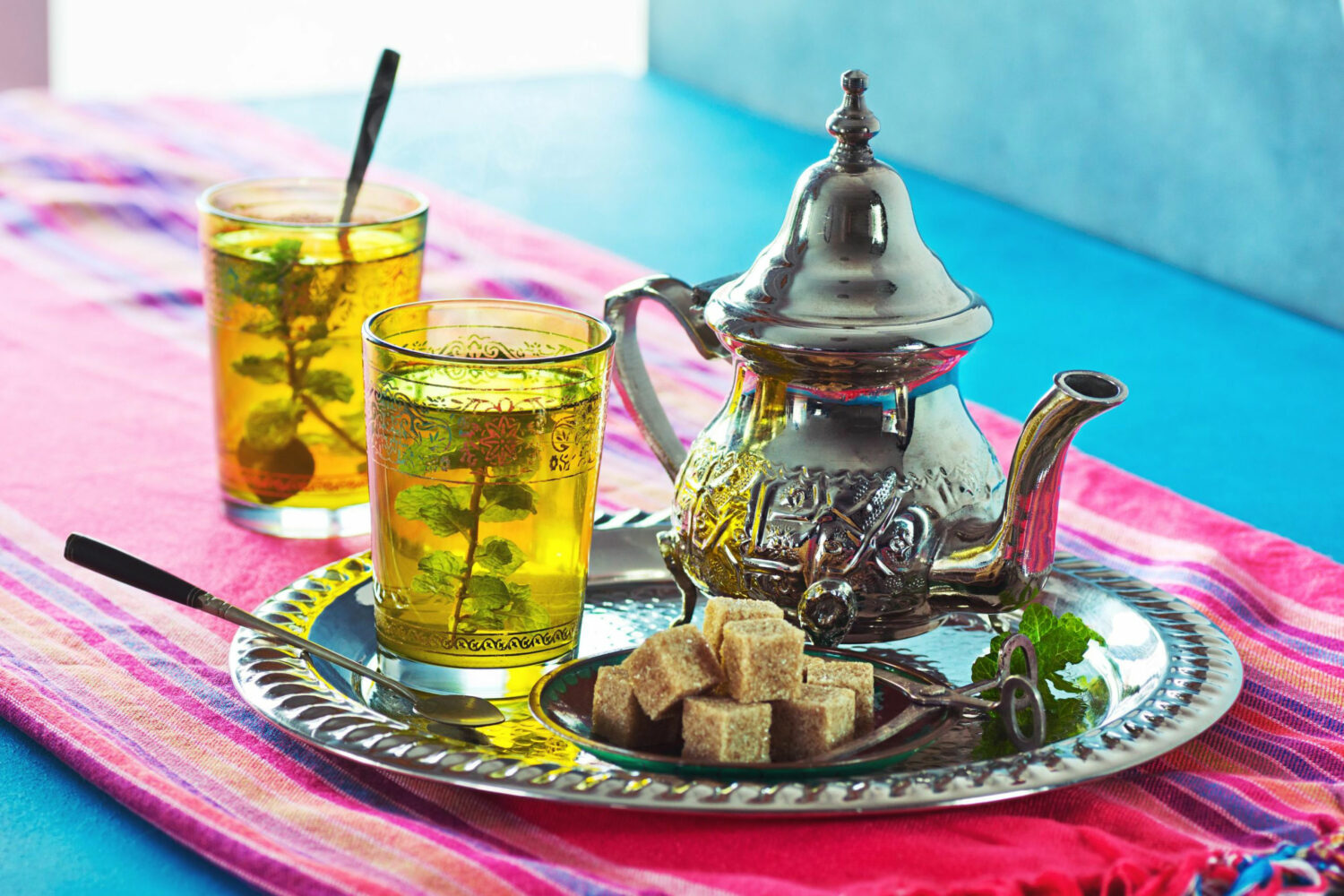
Maghrebi mint tea, also known as Moroccan mint tea or Moroccan tea, is a popular traditional beverage in Morocco and other countries in the Maghreb region. It holds significant cultural and social importance and is often served to guests as a sign of hospitality. Preparing Maghrebi mint tea is a ritualistic process, known as atay, which involves multiple pourings to create a well-infused beverage. The tea is traditionally poured from a teapot with a long spout held high above small glasses, allowing the tea to aerate and cool slightly as it cascades into the glasses. This pouring technique also helps to mix the flavours thoroughly. This tea is deeply ingrained in Moroccan culture and is served throughout the day, including at breakfast, after meals, and during social gatherings. Moroccan pastries, nuts, or other traditional treats often accompany it.
Chai, India
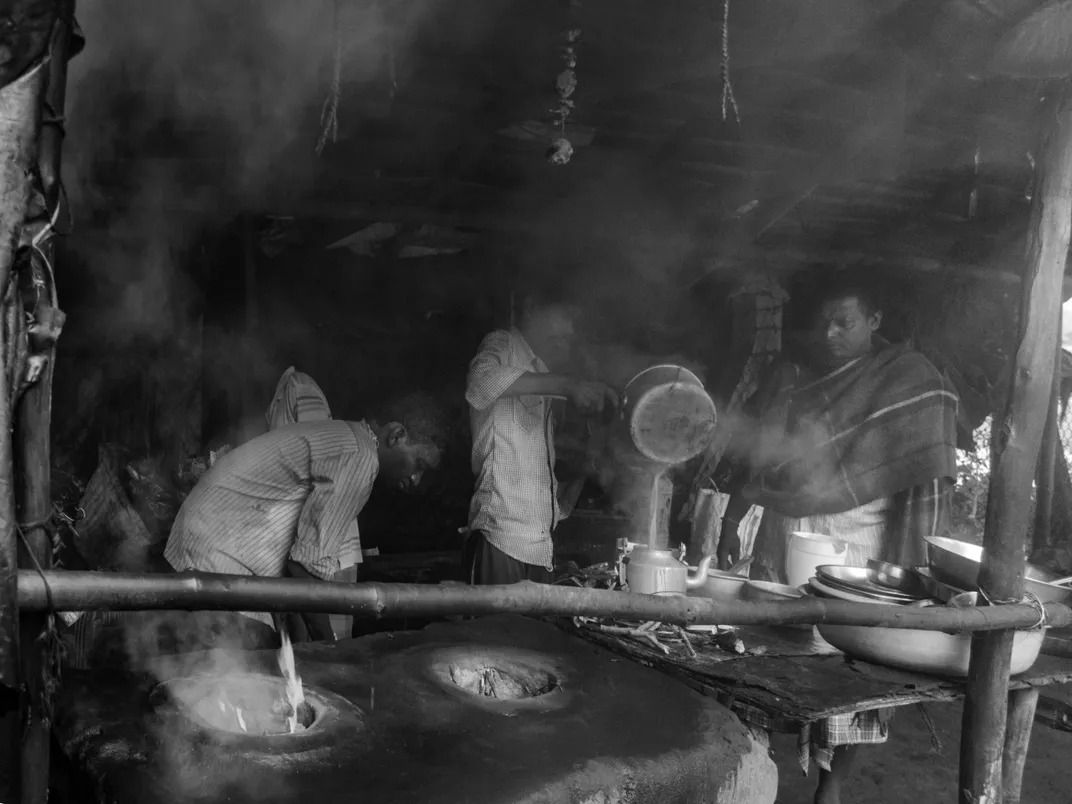
India is one of the largest tea producers in the world and the nation consumes over 70 per cent of its harvest. A number of renowned teas, such as Assam and Darjeeling, grow exclusively in the country. While British colonisers are often credited with the introduction of tea drinking in India, records of the plants’ semi-medicinal use as a brew have been recorded centuries earlier. Today, chai is a ubiquitous beverage in India. It is made by boiling black tea leaves with a mixture of milk, water, and spices such as cardamom, ginger, cloves, and cinnamon. Chai is often enjoyed throughout the day and is an integral part of Indian culture. It is not merely a beverage but a symbol of warmth, hospitality, and social bonding. Alongside daily consumption, it is offered as a welcoming gesture to guests and served during festivals and other important occasions.
Çay, Turkey

Turkish tea, known as Çay, is a strong, black tea brewed in a two-tiered teapot called a çaydanlık. The tea is served in small, tulip-shaped glasses and is often accompanied by Turkish delight or other sweets. While tea itself was not native to Turkey, its integration into Turkish culture began in the early 20th century. Tea production in Turkey started in the 1930s under the guidance of Mustafa Kemal Atatürk. Atatürk recognised the potential of tea cultivation as a means to reduce the country’s reliance on imported goods. The coastal region of Rize, located in the northeast of the country, with its favourable climate and soil conditions, was chosen as the primary tea-growing area. Today, Turkey is one of the world’s leading tea-consuming countries, and tea has become an integral part of daily life and social customs.
Zavarka, Russia

In the 17th century, tea was introduced to Russia through trade along the Silk Road, but it wasn’t until the 1800s that it became widely accessible to the general population. Nowadays, Russian tea, also known as zavarka, is closely associated with the samovar. The samovar, a term meaning “self-boiler” in Russian, has a significant role in the Russian tea tradition. It comprises a metal container that holds hot water and features a central chimney. Typically crafted from brass or copper, the samovar is placed at the centre of the table. Alongside domestic tea ceremonies, Russia also boasts a vibrant public tea culture with teahouses and tearooms being popular venues. These establishments offer a cosy atmosphere where people can savour an array of teas, accompanied by snacks and desserts.
Cha Yen, Thailand
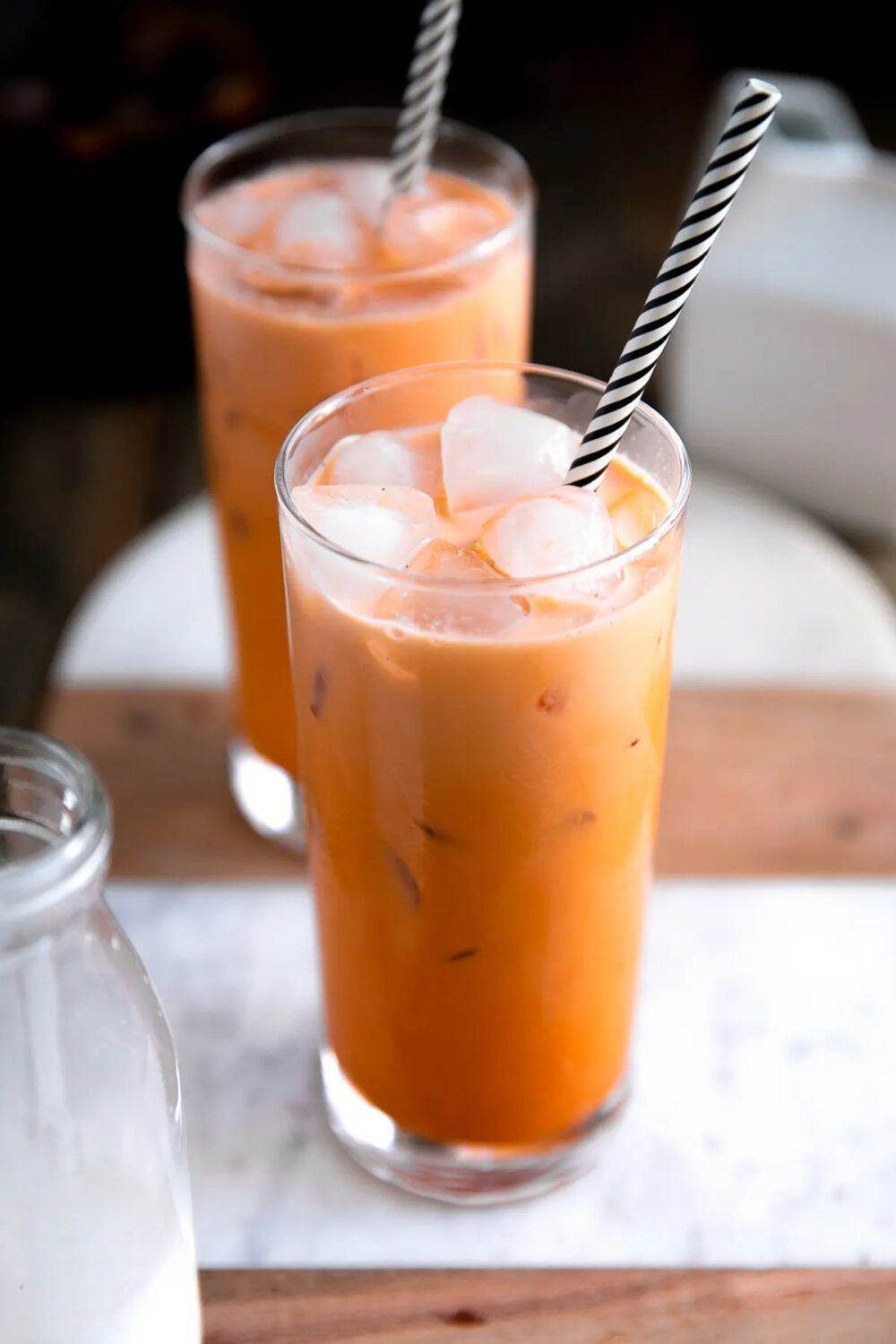
During the 19th century, Thailand had significant trade and cultural exchange with China. Chinese immigrants brought their tea culture, including the use of black tea leaves, to the region. However, due to the hot climate in Thailand, the locals began to adapt the traditional tea to suit their preferences and the tropical weather. To create cha yen, or Thai iced tea, a strong and highly aromatic black tea is used as the base. What sets cha yen apart is the addition of sweetened condensed milk. To enhance the flavour profile, spices like star anise, crushed tamarind seeds, and orange blossom water may be included during the brewing process. These additional ingredients can vary based on personal preferences or regional variations.
Afternoon Tea, United Kingdom
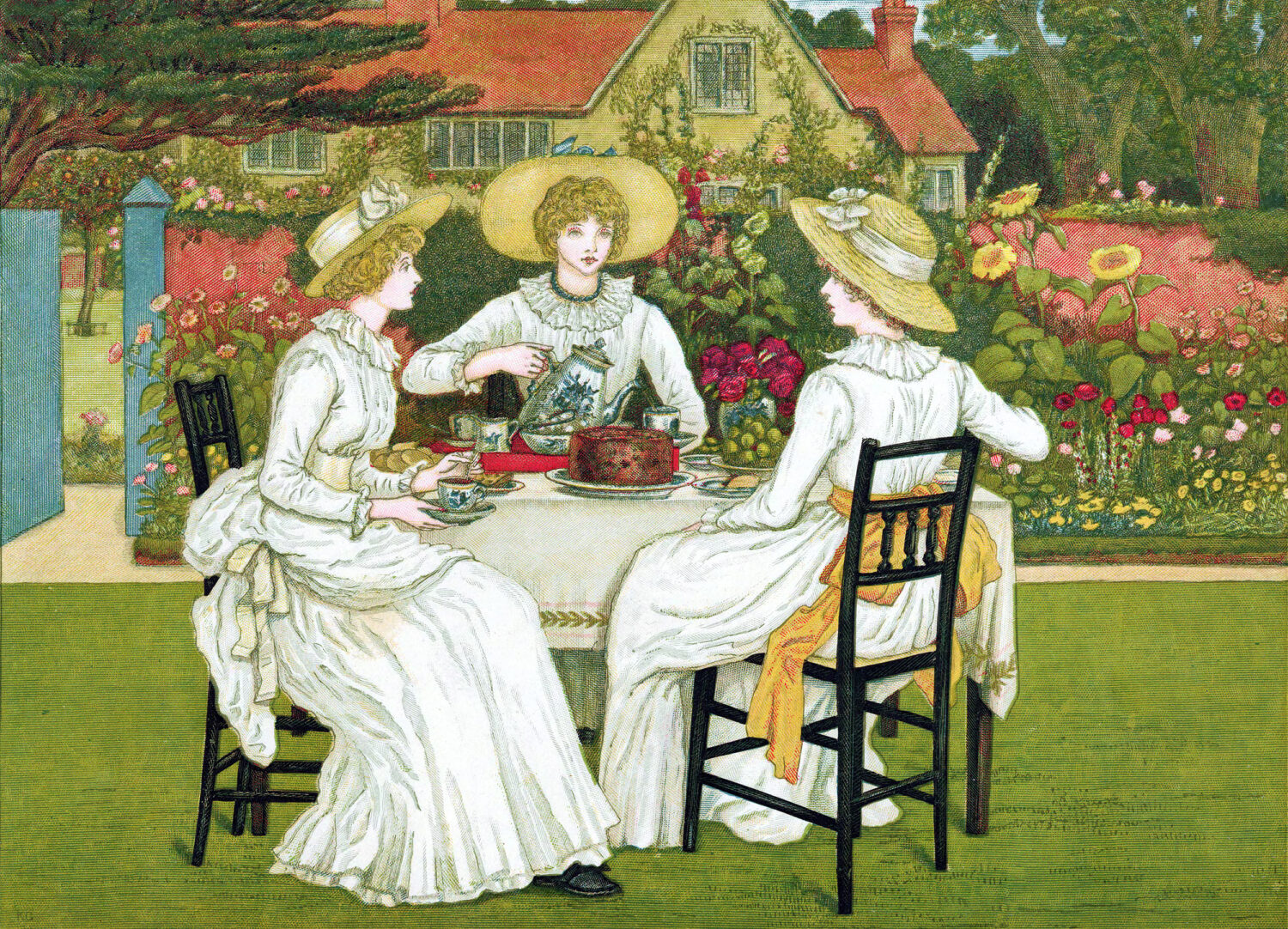
The tradition of afternoon tea in the UK dates back to the 19th century. It was during this time that Anna Maria Russell, the seventh Duchess of Bedford, is credited with popularising the concept. The tradition was further broadcast by Queen Victoria, who embraced the ritual and transformed it into a more elaborate affair. Victoria’s influence and love for tea helped solidify afternoon tea as a formal occasion and a symbol of British culture. Afternoon tea was customarily served in the late afternoon, usually between 3-5pm. It consisted of a variety of teas, most importantly black tea, served alongside sandwiches with various fillings, scones with clotted cream and jam, and an assortment of pastries and cakes. The practice of afternoon tea became more accessible to the middle and working classes during the 20th century, at home, as well as in tearooms and hotels that tapped into the mass’ appetite for the ritual.
Feature image: Pierre Sernet, T086-Fu-Lai,-Xing-Ping, Guangxi, China, 2005 © Pierre Sernet